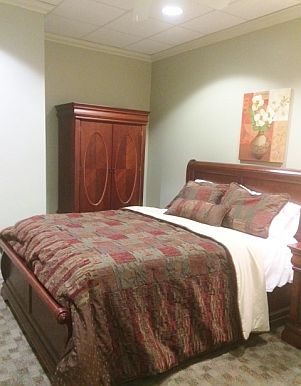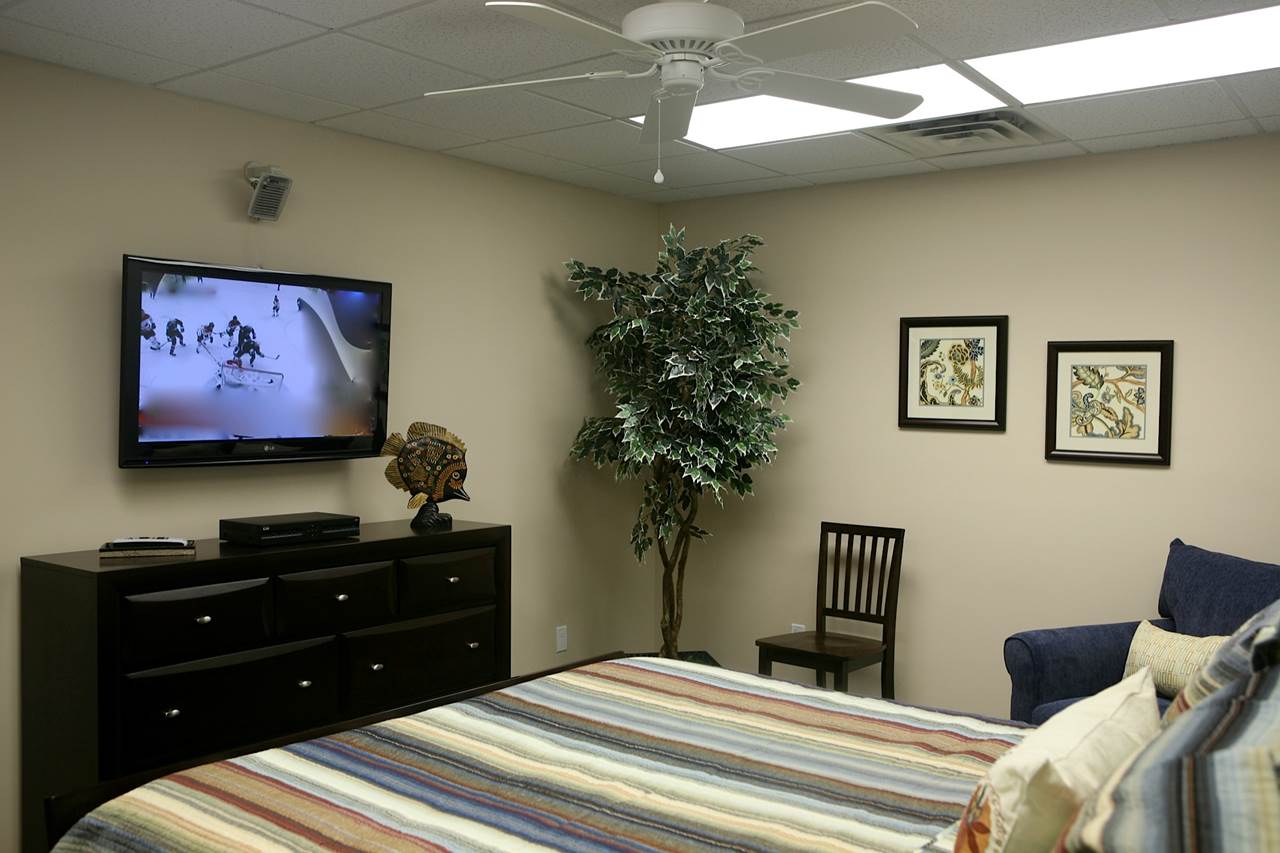

The patient denies a past history of traumatic brain injury or epilepsy. In recent years, he began to discuss his sexually traumatic event with his wife, with the hope it would improve the dream enactment behaviors. He denies the experience of discrete nightmares that he can recall upon waking. Additionally, he avoids situations that remind him of the assault, tends to mistrust and detach from others, and demonstrates hypervigilance, an exaggerated startle response, and easy irritability. Since that assault, he has reported the experience of intrusive memories and fear, as well as hyperarousal, when reminded of the event. The patient assumes that his nocturnal episodes stem from him being sexually assaulted in his early twenties. The patient denies excessive daytime sleepiness, sleep paralysis, sudden losses of muscle tone, or hallucinations upon waking or falling asleep. She also denies that he has ever walked out of bed or injured himself during an episode, but she sleeps in a separate bed for her own safety and sleep quality. His wife denies that he snores or stops breathing in his sleep. He does not recall the dreams or episodes. He is accompanied by his wife, who describes episodes of screaming and yelling while the patient is asleep that began nearly 10 years ago 2 years later, he started “acting out his dreams.” In a typical episode, according to his wife, the patient appears to run away from someone, punches the air, and repeatedly yells, “get away from me.” The episodes occur 2–3 hours after he falls asleep, four to five times per week.

Progress reports are sent to the ordering physician to keep them informed.A 66-year-old right-handed male with a 5-year history of akinetic-rigid Parkinson’s disease is referred for neuropsychiatric consultation to evaluate nightmare symptoms and possible posttraumatic stress disorder (PTSD). WV Sleep Centers’ specially trained PAP specialists work with the patient throughout the entire process. Follow-up contact that helps ensure patients are successful as they adjust to therapy.Monitoring for PAP compliance issues (via downloadable PAP machines).Intensive patient education and counseling.Because various published studies have indicated that the first month of PAP usage is crucial to compliance, WV Sleep Centers has developed a unique Sleep Apnea Management Program.
#Rbd sleep study center west virginia professional
We’ve found that patients are most likely to be successful with their CPAP therapy when they have plenty of proper guidance and encouragement! There’s a brief learning curve that can be shortened further through access to one-on-one professional support. The pressure delivered by the device prevents the tracheal wall and soft palate from collapsing, thereby keeping the airway open. PAP devices work by sending a steady but gentle stream of room air into the patient’s airway. Continuous Positive Airway Pressure, or CPAP for short, is often an effective therapy for preventing the obstruction. Caused by an obstruction in the upper airway, it’s characterized by frequent pauses in breathing. Obstructive Sleep Apnea is one of the most common forms of sleep apnea. We combine the latest diagnostic technology with the highest level of care to ensure a successful outcome for you. WV Sleep Centers wants you to feel as comfortable as possible during your sleep study, so we’ve taken extra steps like offering private hotel-like bedrooms with your comfort and relaxation in mind. Depending on your physician’s orders, you may be given therapy during the course of the study, which may include oxygen or a device called continuous positive airway pressure therapy, or CPAP.

During a polysomnogram, a sleep technologist records multiple biological functions during sleep, such as brain wave activity, eye movement, muscle tone, heart rhythm and breathing via electrodes and monitors placed on the head, chest and legs.Īfter your sleep study is recorded, the data will be tabulated by a technologist and presented to a physician for interpretation. The medical term for this study is “polysomnogram,” which is a noninvasive, pain-free procedure that usually requires spending a night in the sleep center. After an initial consultation with our sleep specialist or your physician, you may be referred for a sleep study.


 0 kommentar(er)
0 kommentar(er)
